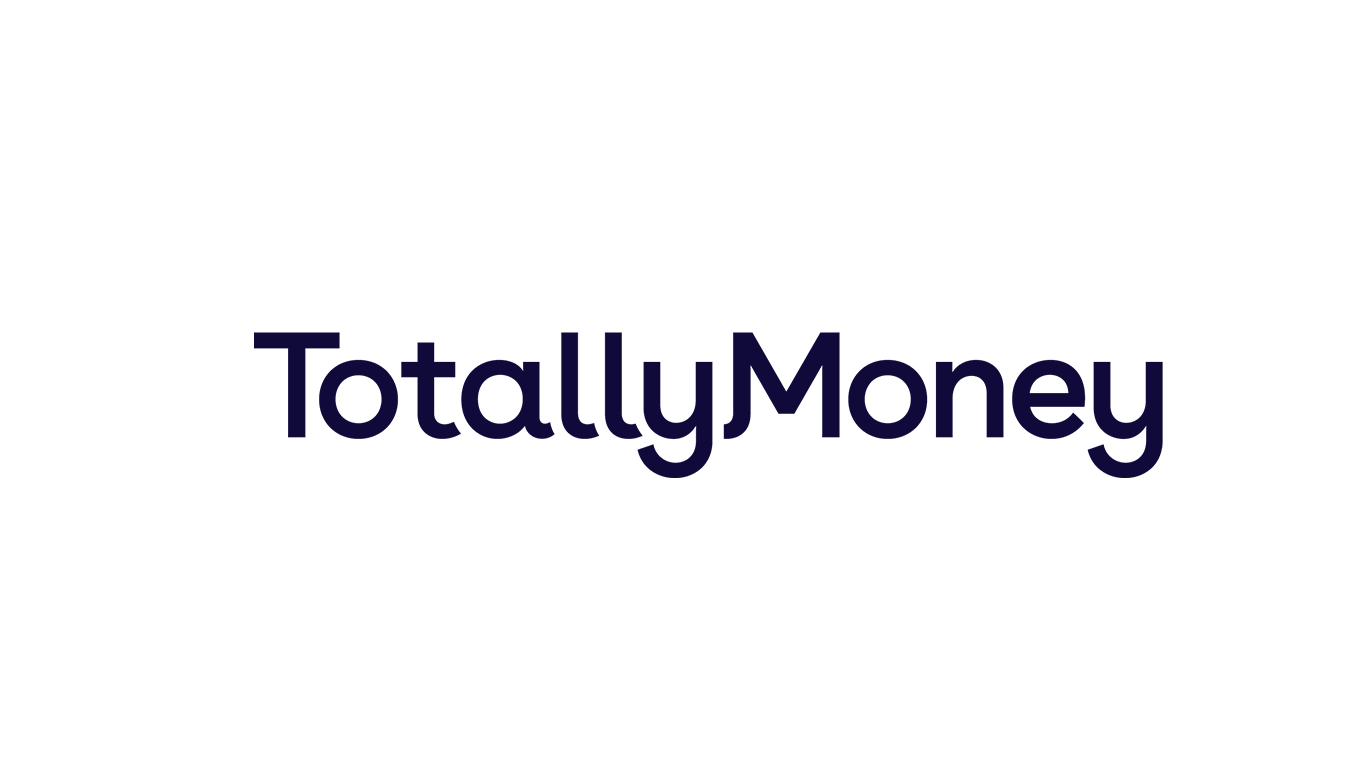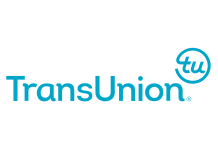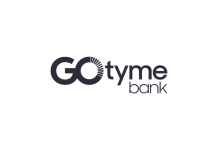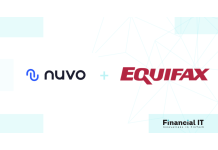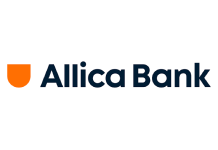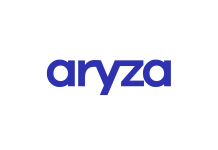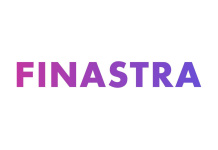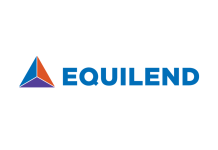Gen Z Consumers Are Using Credit More, and Differently...
- 08.05.2024 03:55 pm
GoTyme Bank’s Shareholders Acquire SAVii, the Largest...
- 08.05.2024 11:25 am
Network International Rolls Out Mastercard...
- 01.05.2024 10:35 am
Topps Tiles Selects GoCardless to Launch Its Strategic...
- 01.05.2024 08:45 am
Plend and Monevo Partner to Provide More Inclusive...
- 30.04.2024 02:15 pm
Nuvo Enhances Credit Application Software with Equifax...
- 26.04.2024 12:20 pm
Together Selects nCino to Revolutionise its Lending...
- 23.04.2024 01:05 pm
Allica Bank Achieves First Full Year Profit – Just...
- 22.04.2024 01:20 pm
Aryza and Dotdigital Forge Strategic Alliance to...
- 18.04.2024 10:55 am
Finastra Launches Online Marketplace for Easy Access...
- 17.04.2024 02:05 pm
Worldline Announces Partnership with Risk Expert to...
- 16.04.2024 12:35 pm
EquiLend Launches Orbisa Securities Lending Data on...
- 15.04.2024 02:05 pm

